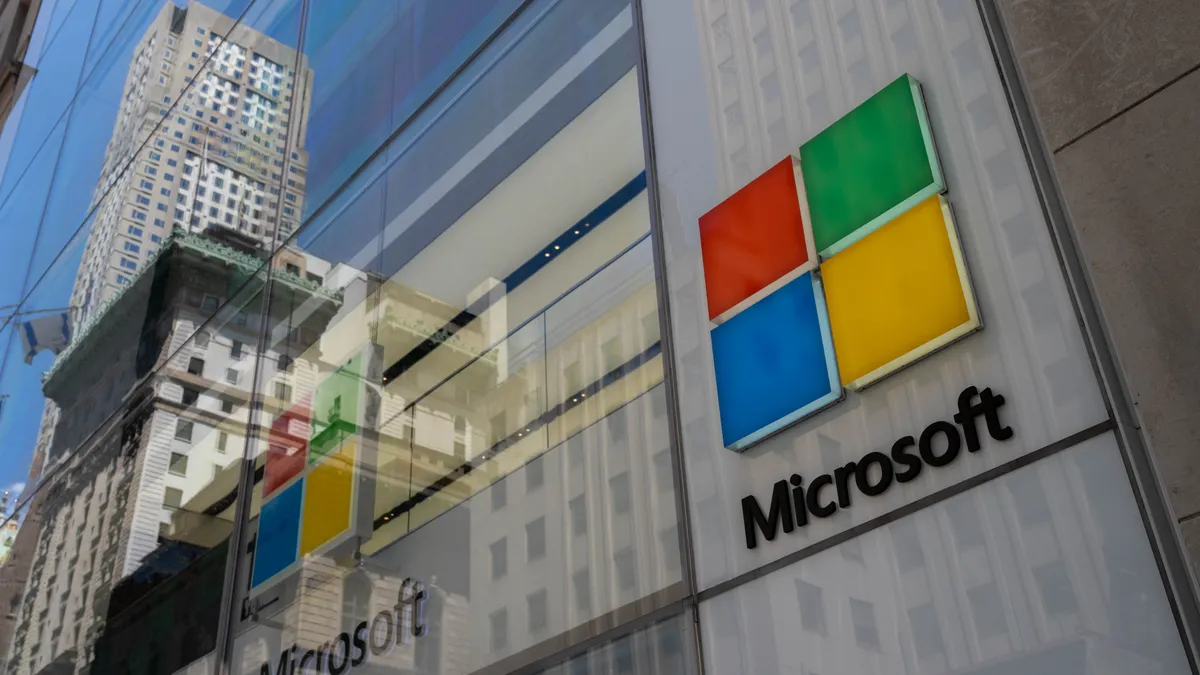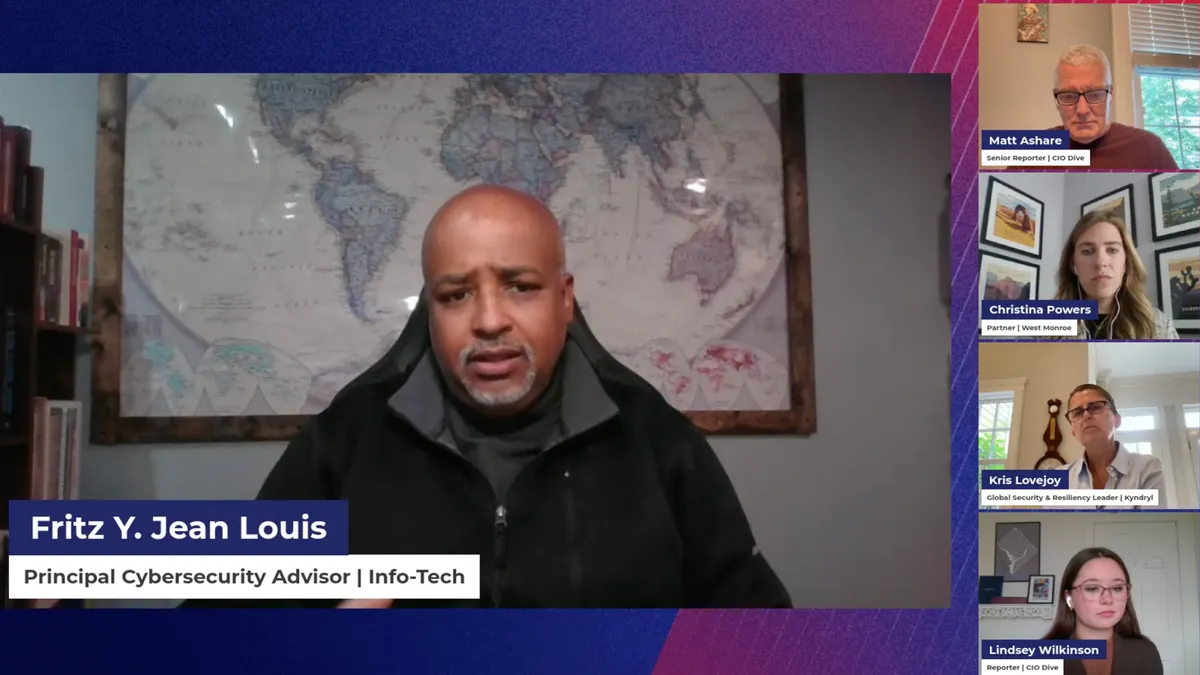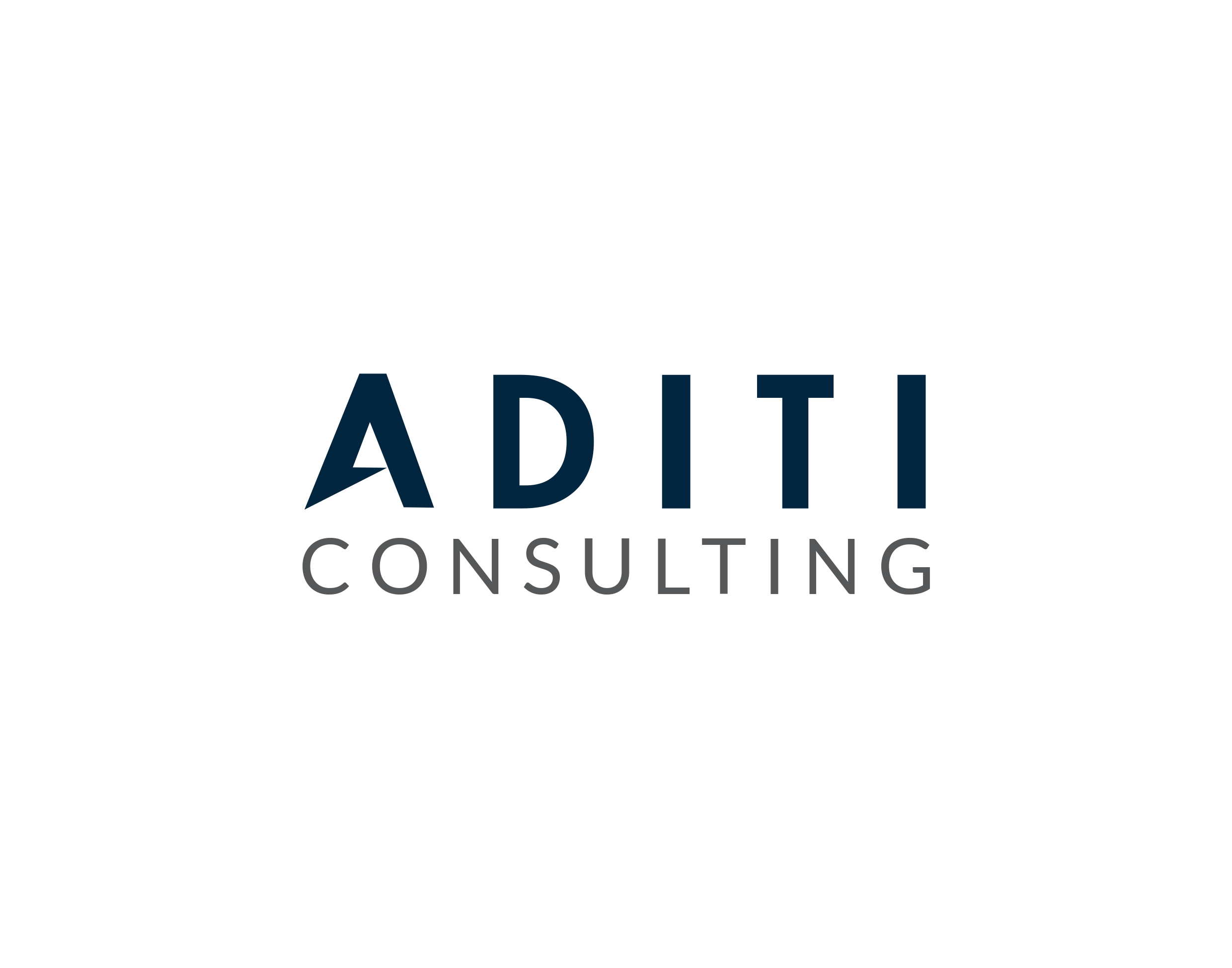Dive Brief:
- Microsoft and Nvidia are strengthening their ties with Anthropic as part of a deal announced at the hyperscaler’s annual Ignite conference Tuesday. The partnership will result in Anthropic scaling Claude on Azure and adopting Nvidia architecture.
- The OpenAI competitor committed to purchasing $30 billion of Azure compute capacity, according to the announcement. Nvidia and Microsoft will invest a total of up to $15 billion in the AI startup as part of the deal.
- The partnership will give Microsoft's business customers expanded access to Claude models via Foundry and Azure services. Anthropic will also collaborate on design and engineering with Nvidia, aiming to optimize model performance and architectures.
Dive Insight:
Microsoft is entering a new era of its AI pursuits after adjusting its partnership with OpenAI last month, a change that loosened the reins on both players.
The enterprise vendor landscape has been fueled by circular deals, like the one between Microsoft, Nvidia and Anthropic, that support AI scaling efforts. Model makers need more compute capacity, cloud providers need agile architecture and chipmakers are eager to fill the gap.
OpenAI and AWS inked a $38 billion compute deal earlier this month. Oracle teamed up with AMD and Nvidia last month, aiming to expand its infrastructure. OpenAI struck a deal with AMD last month, as well, as it eyes a massive expansion.
Microsoft’s latest AI partnership also comes as it kicks off its annual Ignite conference, where the company unveiled a slew of agentic AI-related updates across its portfolio.
“AI vendors, including Microsoft, have faced justifiable criticism for providing end users with easy access to create a multitude of agents without providing the governance controls for IT to manage them,” Gartner analysts said in a research note. “Controls for Microsoft agents were previously split across five different admin centers with no centralized agent inventory or control plane.”
Microsoft’s latest governance play, called Microsoft Agent 365, aims to solve the sprawl. As part of the observability layer, enterprises will be able to get a complete view of agents in the organization, limit access with risk-based conditional policies, monitor behavior and ensure security standards, according to the cloud hyperscaler.
Gaps remain in terms of shadow AI discovery and managing risky agent behavior, Gartner analysts said, but the unified control plane is a step in the right direction.
Enterprises have directed more resources toward governing AI this year as the risks become clearer.
Moving forward with AI plans without the right foundation can be costly, and businesses are learning the hard way, with nearly all reporting some level of financial impact due to AI risks, according to an EY survey published in October. CIOs want to continue fortifying guardrails and oversight as more agentic AI pilots move through the pipeline.
“Microsoft — like most of the industry — sees autonomous agents as the future of work,” Gartner analysts said. “Organizations need to know what they do, who uses them, how they are protected and how much they cost.”














